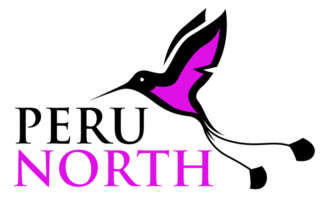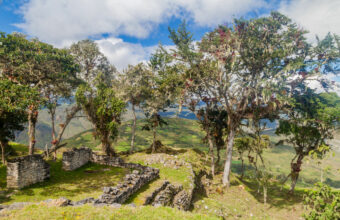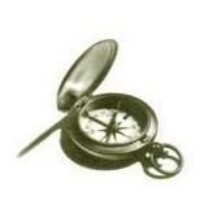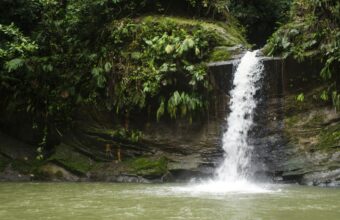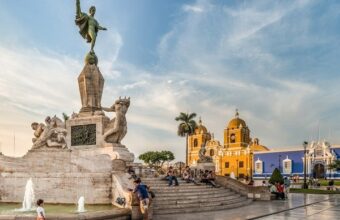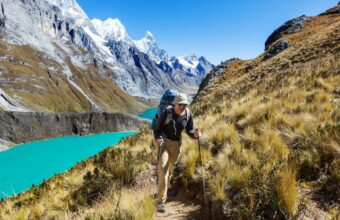What to eat in Peru
Peruvian cuisine — like its climate — can be divided into three geographical branches: mountains, seaside and rainforest. Its influences are many, from the indigenous crops of the Inca through to Spanish colonisation and recent Asian immigrants. Known for its use of local ingredients, expect meals in Peru to come with one of the four staples — beans, quinoa, corn and the ubiquitous potato, of which more than 3,000 varieties are grown.
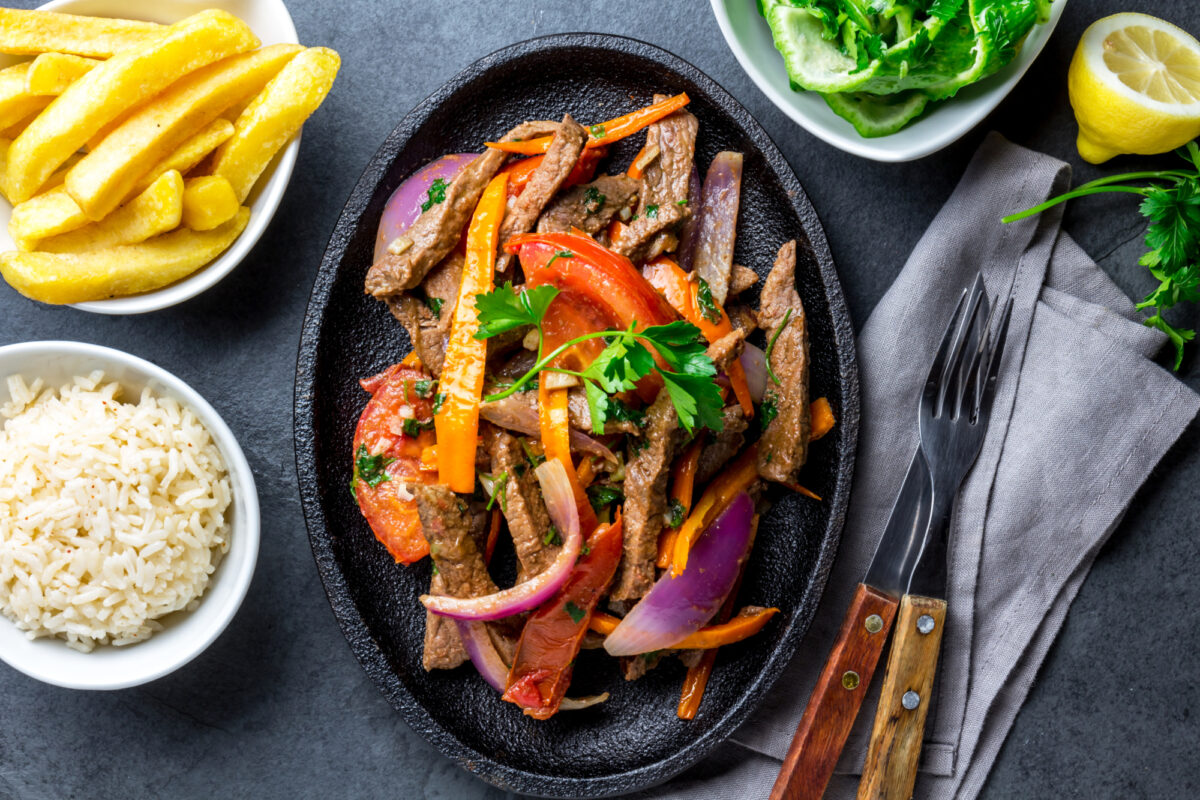
What to eat and drink
Peru has more than 500 national dishes, so it isn’t an easy cuisine to pigeon-hole. However, Peruvian food and flavours focus on fresh, local ingredients. So, in coastal towns, expect to find ceviche (raw fish cured in lime juice), while in the colder, wetter highland, sopa a la criolla (creamy noodle soup with beef and vegetables) will warm you up.
Breakfast in Peru is normally a simple affair of coffee and bread, with lunch considered the main meal of the day and lasting several courses. Dinner tends to be smaller and eaten later.
The basics
Potatoes are everywhere and served with every meal. Peru has a frankly astonishing number of dishes related to the humble tuber, from cold salad dishes like papa a la huancaina (potatoes covered in a creamy cheese sauce) to papa rellena (a deep-fried mince and potato mash).
Less appetising to western palates (but no less tasty) is roasted cuy (guinea pig). Stuffed with herbs and roasted until the meat is succulent and the skin crispy, think of it as a mini suckling pig.
Meat and fish
Both seafood and meat play a huge part in Peru’s culinary scene. With fish, expect numerous variations on traditional ceviche, but also frito (fried), al ajo (cooked with garlic) and as part of a seafood sauce. Crabs, clams, mussels and prawns are also all popular. Avoid ceviche from street food stalls, where the fish isn’t always the freshest.
One of Peru’s most popular culinary exports is lomo saltado (beef stir fry), which mixes traditional and Chinese influences. It’s also worth trying anticuchos de corazon (grilled beef heart skewers marinated in cumin and garlic) and the Latin American staple of arroz con pollo (chicken with rice).
Fruit and vegetables
Alongside the potato, corn is the main vegetarian staple of Peru. Forget the bland imitations you might have encountered — corn comes in many varieties and flavours in Peru. Try roasted choclo, which makes the crispy cancha snack.
Vegetarians are surprisingly well-catered for in Peru. Try tortilla (Spanish omelette with veg), tacu (a bean and rice mix) or ask — most restaurants will make a vegetarian meal to order.
Peru is also home to many unusual fruits. Try lucuma (a flavour mix of maple and sweet potato) cakes, pitihaya (dragon fruit) and camu camu juice (an acidic mix of sour cherry and lime) — you’ll find many more along your journey.
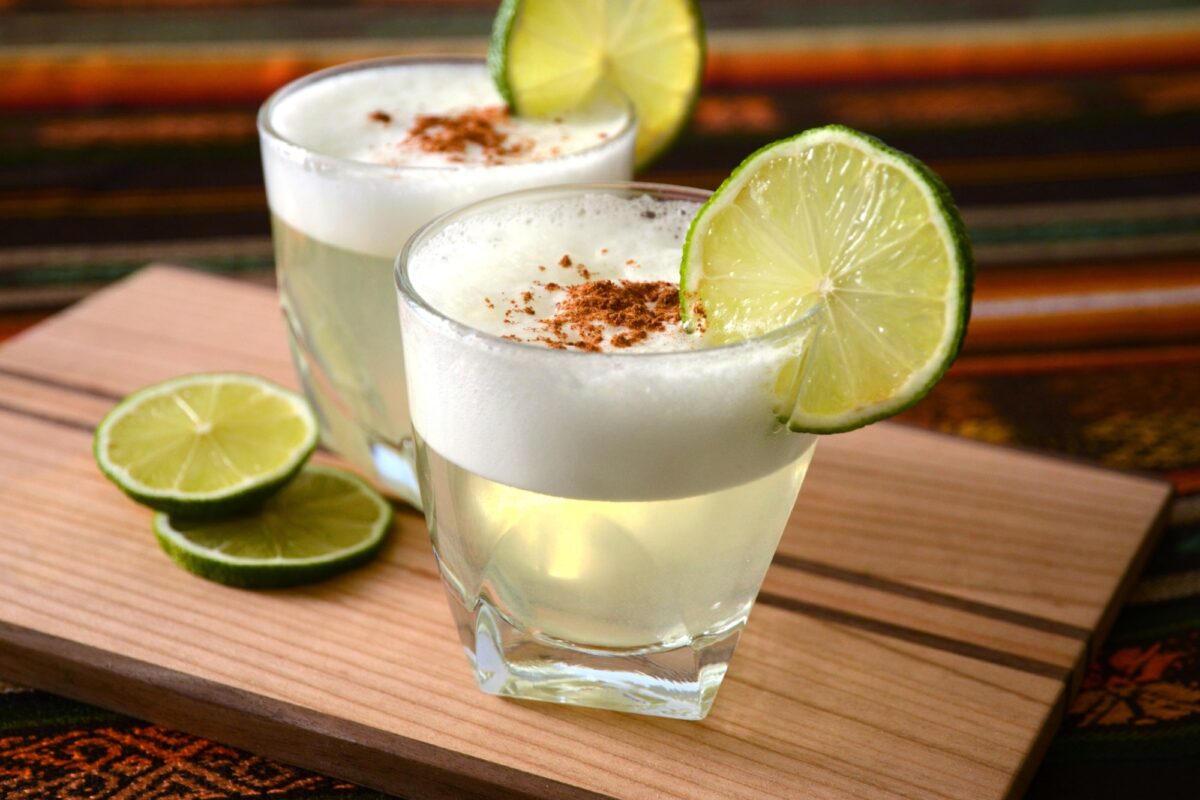
Sweets and desserts
Peruvian desserts are often very sweet and sugary. The most well-known is suspiro limeno (a sweet, thickened cream made with almonds and topped with meringue). For something different, try mazamorra morada (purple corn pudding) topped with fruit — it tastes like a sugary cough syrup.
What to drink
Peru’s national drink is a grape brandy called pisco, served at all times of day and occasion. It’s most popular form is the pisco sour, when it’s served with bitters, lime juice and egg white. Local beers are good and generally light lagers, although darker beers are served in some cities. Homemade chicha (corn beer) is popular in the Andes, but is perhaps best avoided by those with a delicate stomach.
For soft drinks, try the neon yellow local Inca Kola, herbal teas and mate de coca (coca leaf tea), which is excellent for high-altitude acclimatisation. Don’t drink unpurified tap water — it’s likely it will make you sick. Stick to bottled water.


